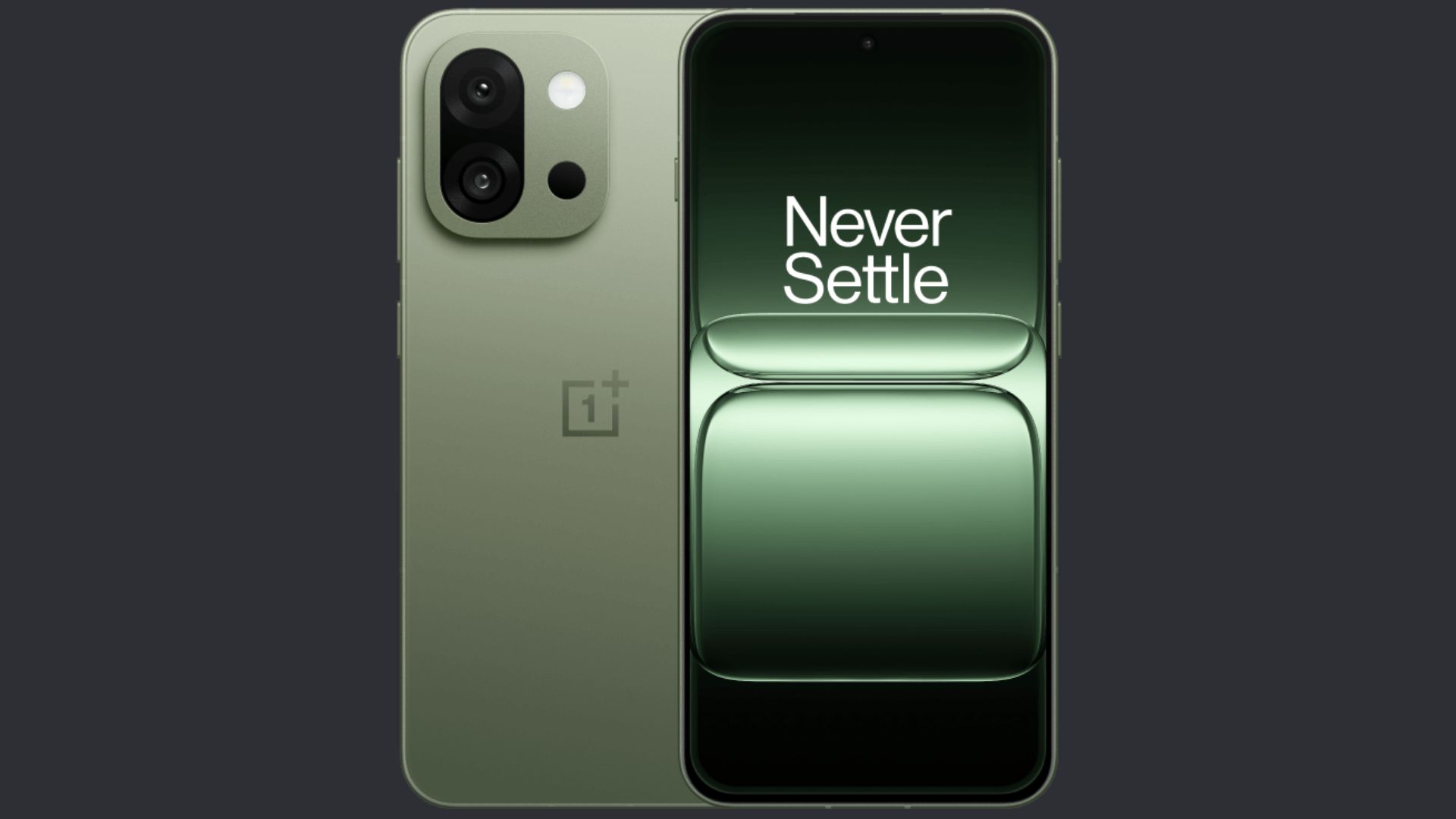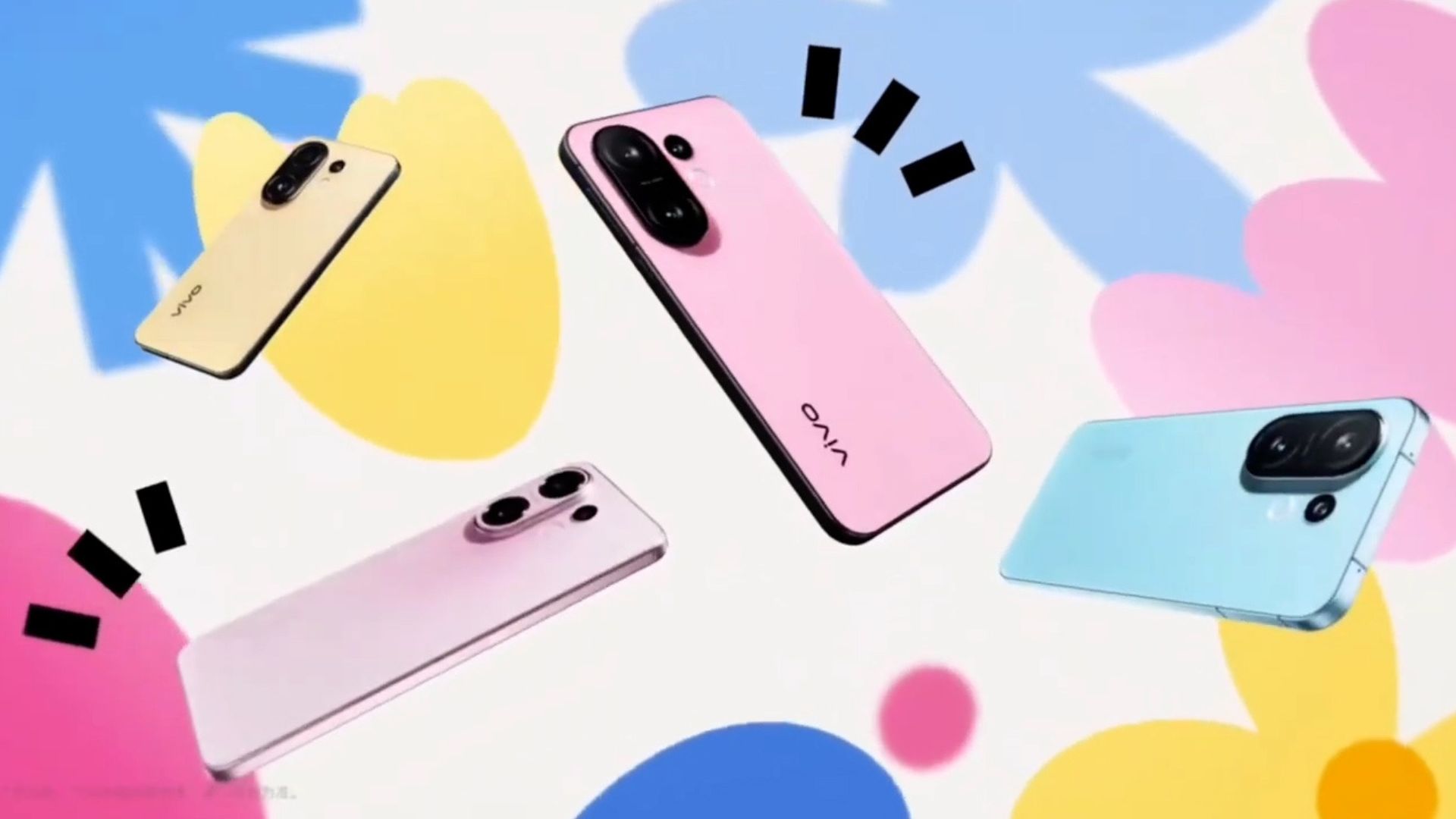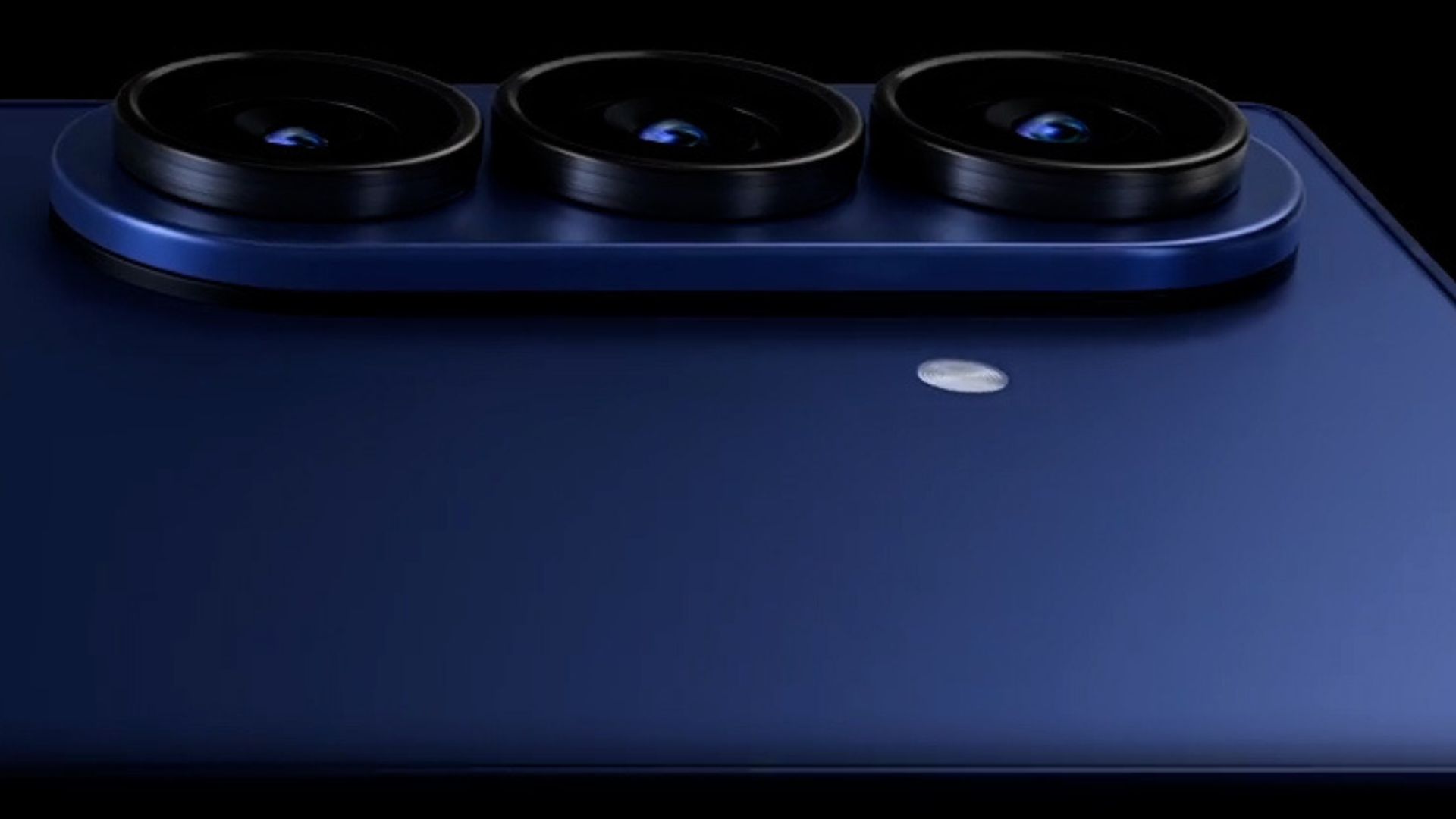Huawei’s Secret Tri-Fold Smartphone Set to Launch Later This Year
Huawei’s Tri-Fold Smartphone is Set to Launch Later This Year. The groundbreaking tri-fold smartphone features the Kirin 9020 chipset, a 10.2-inch OLED display, and HarmonyOS 5.
We will explore expected specifications, features, and how it compares to other foldable devices.
Huawei is back in the spotlight with a potentially game-changing innovation. It’s a tri-fold smartphone powered by the new Kirin 9020 chipset and featuring HarmonyOS 5.
This next-gen foldable phone, tipped to be a successor to the Mate X series and potentially named the Huawei Mate XT, is creating buzz across tech circles. Could it redefine the foldable smartphone market?
Let’s break it all down.
Huawei Tri-Fold Smartphone: What We Learn From Our Research
According to tipster Weibo and media reports including Gadgets360, Notebookcheck, the tri-fold phone is tipped to launch in the second half of the year.
The smartphone is also expected to offer a large 10.2-inch OLED display when unfolded. It folds in a zigzag style and offers both smartphone and tablet-like experiences.
The foldable is said to run on HarmonyOS 5, but it’s not confirmed yet, and powered by the Kirin 9020 chipset, a custom 7nm SoC developed in collaboration with SMIC.
This marks Huawei’s continued push towards reducing reliance on U.S. tech and its ambition to control both hardware and software.
The Kirin 9020 reportedly delivers performance comparable to the Snapdragon 8+ Gen 2, making it competitive with top-tier flagships. Battery capacity is said to be around 5600mAh with support for 66W fast charging and 50W wireless charging.
Huawei Mate XT: The First Commercial Tri-Fold Smartphone
The Huawei Mate XT stands out as the world’s first commercially available tri-fold smartphone. When fully unfolded, it reveals a massive 10.2-inch OLED display, offering users a tablet-like experience in a compact form factor.
The device’s unique folding mechanism allows it to transition seamlessly between smartphone and tablet modes, catering to diverse user needs.
Does The Expected Launch Matter?
Huawei’s tri-fold launch could put immense pressure on companies like Samsung, which is already preparing to unveil its Galaxy Z Fold 7.
If you haven’t already, check out everything we know so far about Samsung’s Galaxy Z Fold 7, including leaked renders and potential under-display camera improvements.
This move also coincides with innovations from OPPO, who recently teased the Find N5 Flip, a clamshell foldable design rumored to feature a game-changing hinge mechanism.
And let’s not forget Vivo, which is readying its own foldable series, the X Fold5 and the slimmed-down X200 FE. These are both tipped to launch soon.
Kirin 9020: What Makes It Special
Tipsters suggest that the Kirin 9020 chip will offer AI-enhanced performance, better thermal efficiency, and integrated 5G support. This aligns with Huawei’s broader AI ambitions.
This is a trend we’re also seeing with the OnePlus 13s which launched in India on June 5, 2025 with smart AI features and HyperTone image processing.
Design and Display
Leaks indicate a durable hinge mechanism allowing the device to fold in three sections without adding much bulk.
When folded, it’s roughly the size of a standard smartphone, but fully unfolded, it expands into a 10.2-inch tablet. That makes it ideal for multi-window productivity and streaming.
This direction is similar to where the iPhone 17 Air might be heading. Apple’s rumored foldable form factors were recently teased alongside a bend test that surprised many with its durability. Clearly, foldables are where the future is headed.
Battery Life and Charging
The Huawei tri-fold smartphone houses a robust 5600mAh battery, providing ample power to support its large display and advanced features. The device supports 66W wired fast charging and 50W wireless charging, ensuring minimal downtime and maximum productivity.
Market Impact and Competition
Huawei’s introduction of the Mate XT signifies a bold move in the competitive smartphone market. By pioneering the tri-fold design, the company challenges other manufacturers to innovate and redefine user experiences.
Competitors like Samsung and Apple may need to accelerate their foldable device strategies to keep pace with Huawei’s advancements.
Huawei will enter a market that’s becoming increasingly crowded, and creative. Beyond the aforementioned brands, newcomers like Realme are launching value-centric 5G models such as the Realme C73 5G, while Vivo recently launched the Vivo S30 Pro Mini as a compact flagship killer.
Meanwhile, budget-power brands like Jovi are launching devices with massive spec-to-price value, like the Jovi V50 5G (in the Brazilian market) series which packs quad 50MP cameras and large batteries.
Should You Wait?
If you’re considering buying a new flagship, this is a crucial moment. The Huawei tri-fold could be the first of many innovations in this space, and we recommend keeping an eye on its formal debut before upgrading.
It’s similar to how many are now holding off purchases after the OnePlus 13s leak changed everything.
You might also want to watch the market closely until June 11, as the Vivo T4 Ultra is expected to drop with a 7000mAh battery, 50MP selfie camera, and 10x zoom. All at an accessible price.
Final Thoughts
Huawei’s tri-fold smartphone shows what the next evolution of smartphones could look like. It blends Huawei’s hardware innovation, AI-centric chipset, and a bold display format to create a futuristic device.
Whether it can dominate the global market without Google services remains to be seen. But one thing is clear. The foldables game just got a lot more exciting.
Disclaimer: This article is independently written and published by gadgetsy.in staff after thorough research and analysis from publicly available resources and tipsters. Pricing may vary from region to region and availability.





